#1 Because of its unique tilt, a season on Uranus is equivalent to 21 Earth years.
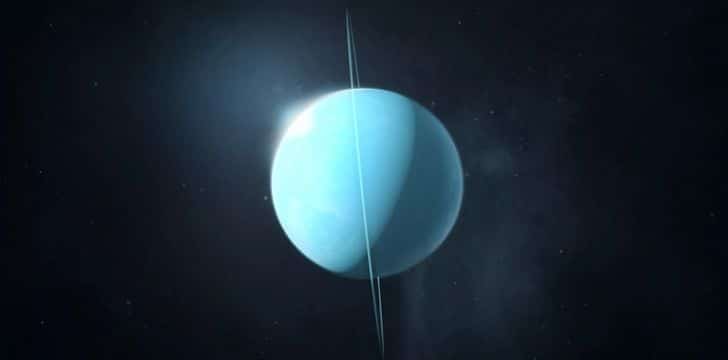
Also the 97.77 degrees tilt on Uranus’ axis means that a day there only last 17 hours, 14 minutes and 24 seconds.
#2 Neptune’s moon, Triton, orbits the planet backwards.
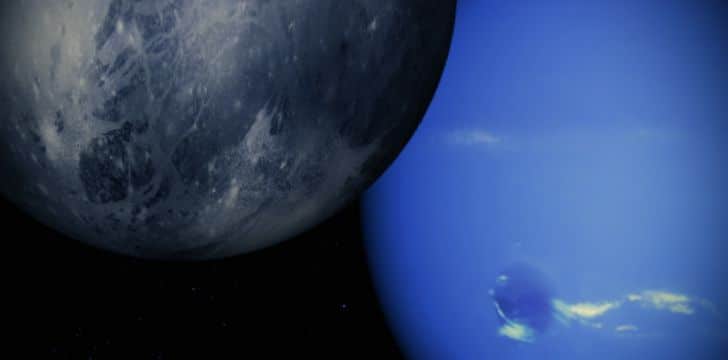
Triton is the only large moon of any of the planets that does this.
This is known as a retrograde orbit and astronomers are unsure as to why Triton orbits Neptune this way.
#3 Triton is gradually getting closer to the planet it orbits.
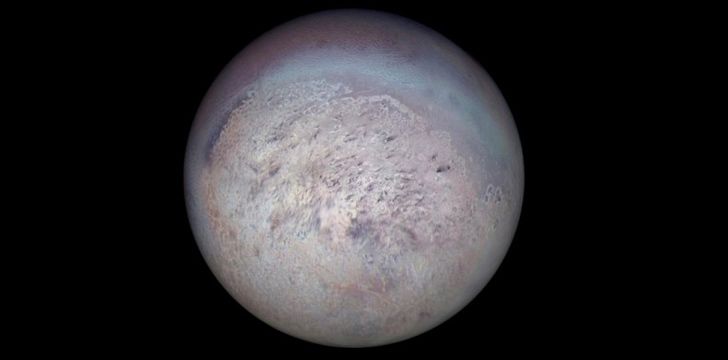
Scientists believe that when Triton eventually gets too close to Neptune, it will be torn apart by the planet’s gravity and could potentially create another ring around Neptune – giving it more rings than Saturn.
#5 There are more stars in space than there are grains of sand in the world.
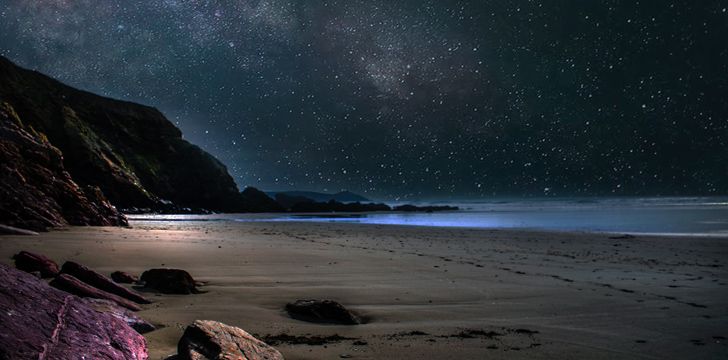
There are 10 times more stars in the night sky than grains of sand on the Earth, with 70 sextillion stars being visible from Earth through a telescope.
To put that in numbers, 70 sextillion is this: 70,000,000,000,000,000,000,000.
#6 Neptune takes nearly 165 Earth years to make one orbit of the Sun.
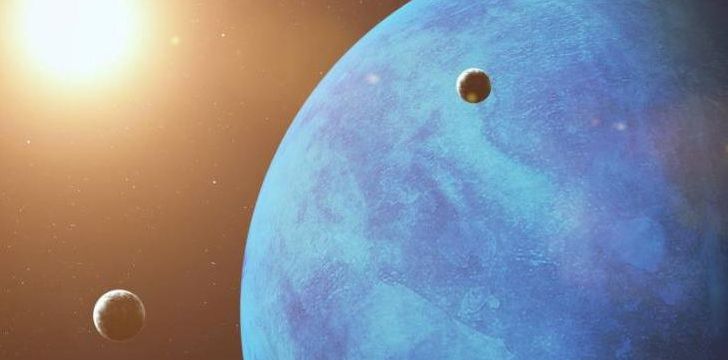
That’s equivalent to 60,190 Earth days to orbit the sun once! Neptune has a very slow orbital speed of 3.37 miles per second (5.43 km/s).
This means that since it was discovered in 1846, it has only completed just one orbit!
You may also like these interesting facts about Neptune that are outta this world!
#7 Pluto’s largest moon, Charon, is half the size of Pluto.
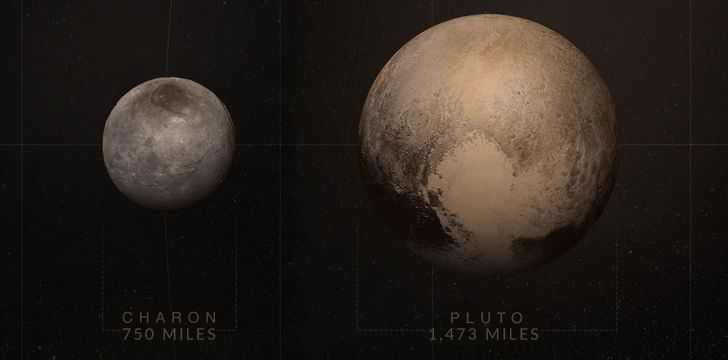
The same surfaces of Charon and Pluto always face each other, which is known as mutual tidal locking.
Really amazing:)
ReplyDeleteThank You
Delete